Countries Teaching Resources
Explore Australia's neighbouring countries and other countries of the world with your students this school year with worksheets, activities and moreresources for Australian teachers.
This collection is stocked with printable and digital activities aligned with the Australian HASS curriculum and includes resources to help students get to know Australia's neighbour nations in the Asia-Pacific region, the diverse characteristics of places around the world and more!
Whether it's your first year teaching about countries or you simply need a quick place to find some answers to students' common questions for your lessons, we have you covered. Read on for a primer from our teacher team, including a definition of country, a look at which countries are Australia's near neighbours and answers to questions about how many countries there are in the world.
What Is a Country? A Kid-Friendly Definition
If you're introducing countries for the first time, it can be helpful to have a definition of the word at hand to explain the meaning. Here's a definition our teacher team uses to explain what a country is:
A country is a piece of land that is recognised as an independent political entity. Each country has its own government, borders that separate it from other countries and unique identities such as histories, traditions and laws.
Australia is the country we live in, but there are many other countries all around the globe. Some you might know include China, the United States and New Zealand.
Countries can be found on six of the world's seven continents. The only continent that doesn't have a country is Antarctica!

What Are Australia's Neighbouring Countries?
As an island nation, Australia has no countries bordering it by land, but we have near neighbours separated by water that our students will learn about in primary school.
Listed in alphabetical order, Australia's seven primary neighbouring countries include:
- East Timor (Timor-Leste)
- Indonesia
- New Caledonia (technically not a nation but a French overseas territory)
- New Zealand
- Papua New Guinea
- Solomon Islands
- Vanuatu
How Many Countries Are There?
If you listed all of the countries in the world in alphabetical order, Australia would be near the very top because it starts with the letter A, but that list would be very long indeed.
There are currently 193 different countries in the world that are recognised by the United Nations. There are two more countries that are called 'observer nations' by the UN.
What Is the Largest Country?
Australia is a big country that covers approximately 7.7 million square kilometres of land! But even with all of that land, the nation is only the sixth largest in the world by area.
So which country is the largest? And just how big is it?
The largest country by area is Russia. The nation spans approximately 17.1 million square kilometres of land. It's so large that it spans two different continents — Europe and Asia.
What Is the Smallest Country in the World?
The smallest country in the world is so small it fits inside a city! Vatican City, sometimes called the Holy See.
This tiny country is just .44 square kilometres wide.
- Plus Plan
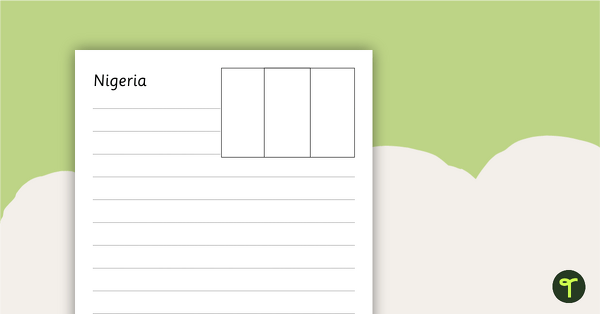
African Flags Worksheets - BW
Eight black and white worksheets with flags from Africa.
- Plus Plan
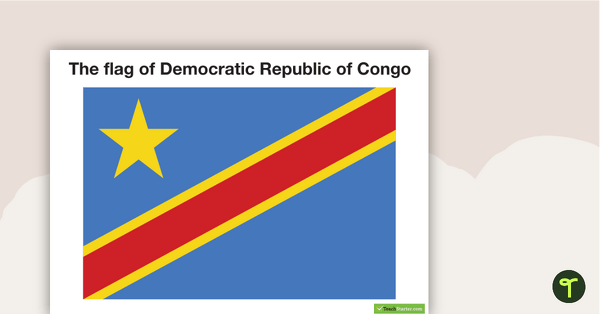
African Flags
Eight flags from Africa.
- Plus Plan
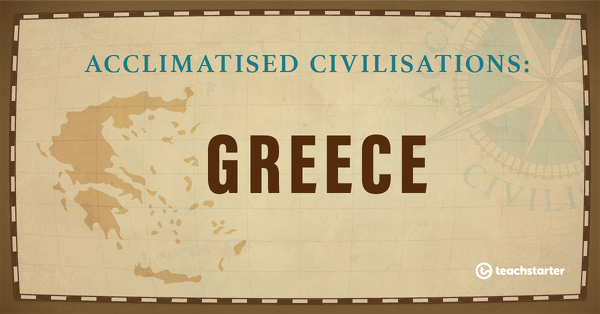
Greece
A 60-minute lesson in which students learn how people lived in and adapted to the Mediterranean environment in Greece.
- Plus Plan
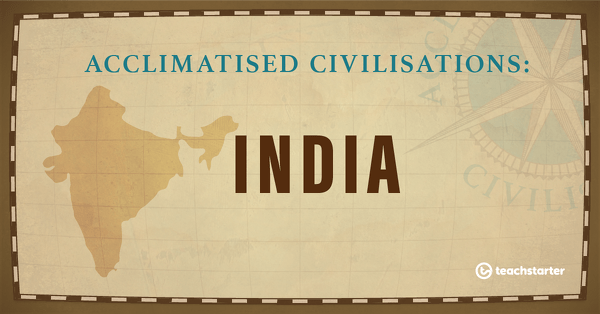
India
A 60-minute lesson in which students learn how people lived in and adapted to the environment in India.
- Plus Plan
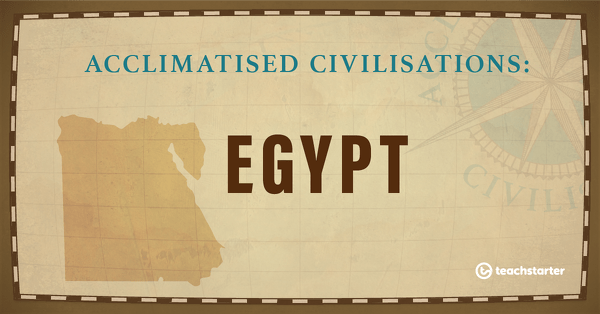
Egypt
A 60-minute lesson in which students learn how people lived in and adapted to the desert environment in Egypt.